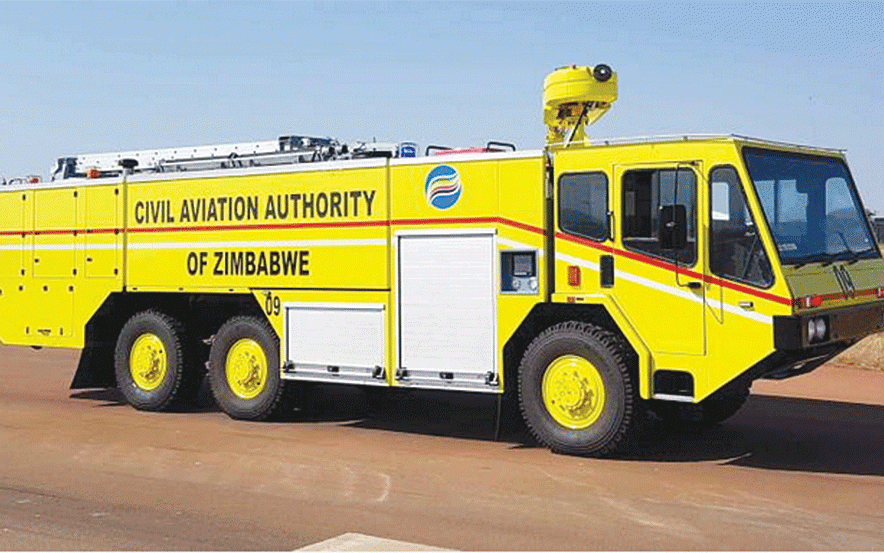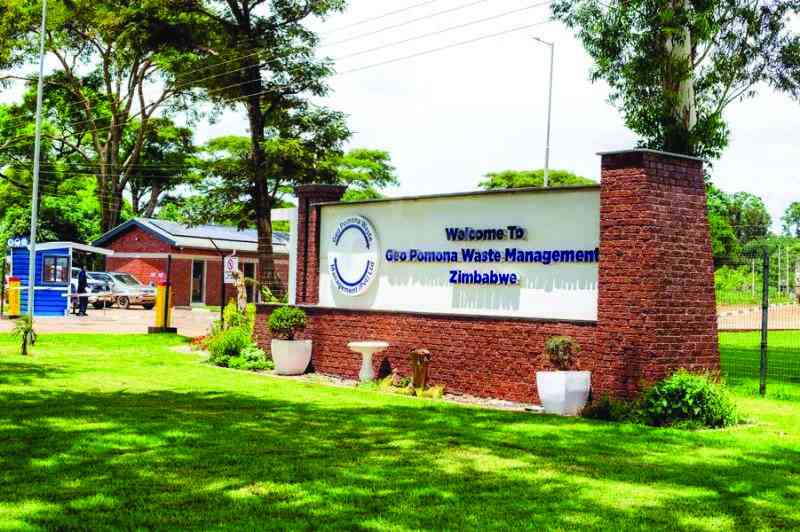
Several developments have taken place since government’s decision to unbundle the Civil Aviation Authority of Zimbabwe (CAAZ) a few years ago to enhance regulatory efficiencies. A major step in this direction was the appointment of aviation executive Elijah Chingosho (EC), the former secretary-general of African Airlines Association CAAZ director general. A year into his role, NewsDay (ND) Business reporter, Freeman Makopa spoke with him about the future of Zimbabwe’s aviation. He also took the opportunity to hear Chingosho’s view about global aviation developments. Here is how their conversation turned out…
ND: What is your long-term vision for the aviation industry?
EC: The authority’s long-term vision is to be a regional centre of excellence in civil aviation regulatory services by the year 2030. We are confident that this vision is achievable as the government has undertaken or is embarking on major infrastructure projects at airports in the country. The Joshua Mqabuko Nkomo International Airport modernisation project was completed in 2013 and already it has attracted Ethiopian Airlines, a major global player in the aviation industry. More airlines are expected to follow. Refurbishment of the Victoria Falls International Airport was completed in 2016 and as a result, we have witnessed major players including; Ethiopian Airlines, Eurowings Discovery, fastjet Zimbabwe, Airlink and Kenya Airways patronising this state-of-the-art airport. Robert Gabriel Mugabe International Airport is undergoing major expansion and refurbishment which, on completion, will expand its capacity from 2,5 million passengers to six million passengers.
ND: What efforts is the authority undertaking to modernise Zimbabwe’s aviation infrastructure?
EC: CAAZ, with the assistance of the government, in particular the Transport and Infrastructural Development ministry, is investing in projects to further enhance the safety standards, particularly the communication, navigation and surveillance systems equipment. Among the projects being undertaken are the air traffic control communication systems being installed at seven airports. These are Robert Gabriel Mugabe International Airport, JM Nkomo International Airport, Buffalo Range, Charles Prince, Kariba, Masvingo and Hwange airports.
ND: Tell us more about this project.
EC: We also have three Doppler Very High Frequency Omni-Directional Measuring Equipment (DVOR/DME) systems, which have been installed at Robert Mugabe International Airport, JM Nkomo International Airport and Masvingo Airport. CAAZ is also in the process of acquiring secondary surveillance radar (SSR) systems. The radars will be installed at Robert Mugabe International Airport and JM Nkomo Airport. The airspace management systems will go a long way in further enhancing safety, regularity and efficient use of the airspace.
ND: Please share with us the work that you are doing towards the open skies policy.
- Airports Company strikes mega hotel deal
- Airports Company strikes mega hotel deal
- News in depth: Chinese firm yet to start airport job seven months after contract
- News in depth: Sneaking planes: Air traffic woes persist as govt promises elusive radar
Keep Reading
EC: Since attaining independence in 1980, Zimbabwe has negotiated over 60 air services agreements (ASAs) with States in Africa, Asia, Pacific region, Europe, the Middle East and elsewhere. The authority continues to seek additional States with which to set up ASAs in line with the government mantra of Zimbabwe being open for business. In line with this mantra, Zimbabwean skies are open to airlines from all corners of the world. This is also in line with the dictates of the Single African Air Transport Market (SAATM), of which Zimbabwe is among the 11 founding members, where the authority is working towards ensuring that all air service agreements are Yamoussoukro Decision compliant. The Yamoussoukro Decision of 1999 seeks to open up African skies to eligible African operators including granting fifth Freedom Traffic rights to help facilitate better inter- and intra-connectivity within Africa and with the rest of the world.
ND: There are thoughts that things will be out of CAAZ’s control such as policy changes as you embark on this journey. How do you plan to handle them?
EC: Variables outside the CAAZ’s control are to be expected and these can potentially have a negative impact on the authority and the aviation industry in the country. To handle such out-of-our control variables, CAAZ has a risk management committee of the board that looks at potential risks and then consciously takes measures to mitigate the impact of such potential risks.
ND: What do you think are the biggest challenges the aviation industry will face in the next five years?
EC: Airlines will face issues of high debt levels, which lead to high ticket costs. High debt levels are more likely to lead to ticket price increases and viability challenges for some carriers. During the period when there was limited flying due to travel restrictions imposed by States, most airlines borrowed huge sums of money to stay afloat. In addition to other expenses, airlines had to keep aircraft maintained, pay salaries and insurances while operating with limited revenue. Hence airlines often resorted to borrowing resulting in the current high debt levels. In most developed countries, the governments provided significant financial aid, credit lines and bond issuances. US airlines received a US$54 billion COVID-19 government lifeline. The International Air Transport Association (IATA) estimates that the industry collectively amassed more than US$180 billion worth of debt in 2020 alone, a figure equivalent to more than half of total annual revenues that year.
ND: What was the situation for airlines in developing countries like Zimbabwe?
EC: Most carriers in developing countries could not receive such aid as the governments were battling with health and economic challenges as a result of the COVID-19 pandemic. Consequently, some airlines went out of business. Examples in the Sadc region include; Air Namibia, South African Express and South African Airways that had to undergo significant restructuring. Airlines were not the only ones that were severely negatively affected by the COVID-19 pandemic. Airports, civil aviation authorities, ground handling companies and the rest of the players in the aviation value chain were also negatively impacted. These entities also had to provide services, pay staff while receiving very limited revenues.
ND: What do you see as the future of aviation?
EC: The aviation industry has in the past weathered several shocks including disease outbreaks like the Middle East Respiratory Syndrome first reported in Saudi Arabia in 2012, the Ebola outbreak in West Africa in 2014 and the global financial crisis of 2007/2008. This demonstrates the resilience of the industry.
COVID-19 was another major shock but as in the past, it is expected that the industry will weather the storm and recover. An important lesson learnt by governments and the stakeholders in the aviation industry is that a global pandemic requires a co-ordinated global response rather than States going it alone.






